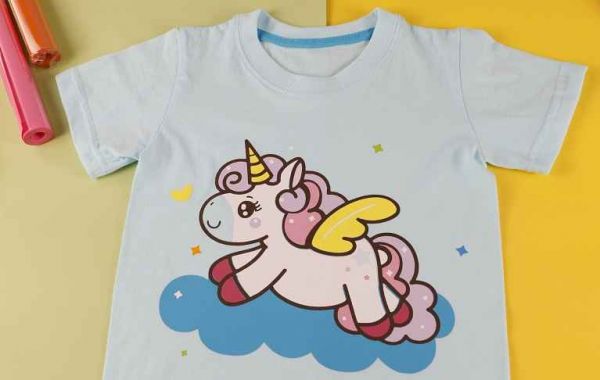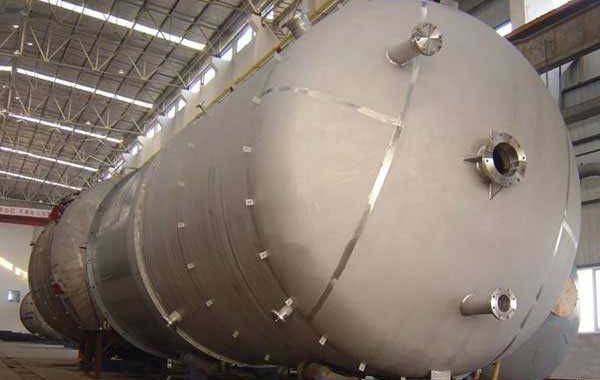If you are not familiar with using heat transfer vinyl or adhesive vinyl, you are at the right place!
Heat transfer vinyl (aka HTV) is my favorite way to personalize gifts to friends. Are you ready to make crafts using heat transfer vinyl? Let's start!
What is needed for heat transfer vinyl?
T-shirt or sweater
Weeding tool
Teflon board
Stuck on you SVG
Silhouette cameo
Cricut EasyPress
There are some basic steps for using heat transfer vinyl, I will guide you through it step by step. They are preparing your cutting file, cutting, weeding and apply. That's it!
- Prepare to cut files
After selecting the design and surface, the surface needs to be measured to determine the size required for the cutting design.
Mirror design
Next, you need to mirror or flip the design horizontally. The reason why a mirror design is needed when working on vinyl with heat transfer or iron is that the design is cut on the back of the vinyl. Therefore, to ensure that the design looks correct when applied to the final surface, we need to mirror or flip the design before cutting.
- Cut design from heat transfer vinyl
Now we are ready to load the heat transfer or iron on vinyl into the cutting machine.
Finally, adjust your cutting settings to use the material you are using.
When you are satisfied with the cutting settings, load the cutting mat with the vinyl gloss side down into the machine, and then cut!
- Weed excessvinyl
The next step is called "weeding". Basically, weeding just means removing all excess vinyl from around your design, which you don't want to transfer to the final product.
Sometimes it is difficult to see the cut line when weeding. Sometimes bending the vinyl slightly can help you see the cutting line.
You can also try to fix the cut vinyl sheets to windows or lights to help you see the lines clearly. There is also an option for Cricut bright mats, which is designed to help you view the cut lines and make weeding easier.
- Iron!
Now, we are all ready to transfer the cutting and weeding design to our T-shirts! To activate the adhesive on the heat transfer vinyl, you need to do two things: heat and pressure, we can all use an iron to get both.
How to iron
First plug the iron into the power source and place it on the cotton with the steam turned off. Next, place the design on the surface and place a transparent plastic carrier on top so that the design can be read correctly.
I prefer to cover the plastic carrier sheet with parchment paper or thin cotton cloth. I find this helps protect my surface and prevent the vinyl from overheating or warping.
How to iron on vinyl
Press down on the iron and apply pressure to each part of the design for about 10-20 seconds. Certain types of HTV will require more or less heat and time, so be sure to check the description of the materials used.
After providing heat and pressure to each part of the design, you can slowly begin to peel the carrier sheet. If the vinyl material starts to come into contact with the carrier sheet, then you need to replace the carrier sheet and cover and give it more heat and pressure.
Note: Some types of heat transfer vinyl are "cold peel", which means that the vinyl must be completely cooled before removing the transparent plastic sheet.
After the iron on the vinyl is properly used, it can be used, used and cleaned. Before cleaning, let the adhesive cure for at least 24 hours. Once cured, it can be washed and dried. For best results, rinse it inside and outside with cold water, then hang it to dry or dry it at a low water level.
That's it! All the knowledge needed to make your first HTV project! Happy making!








